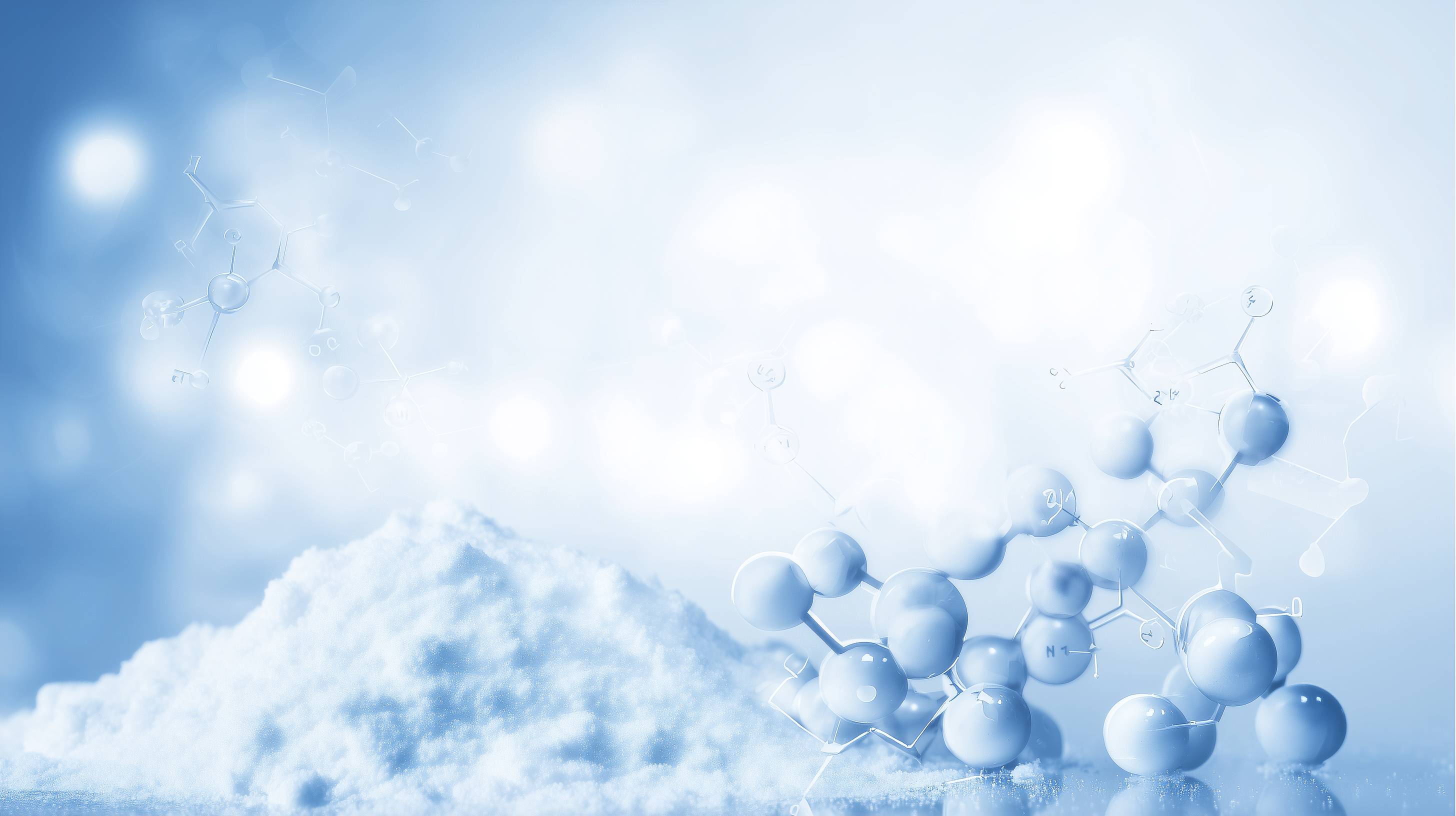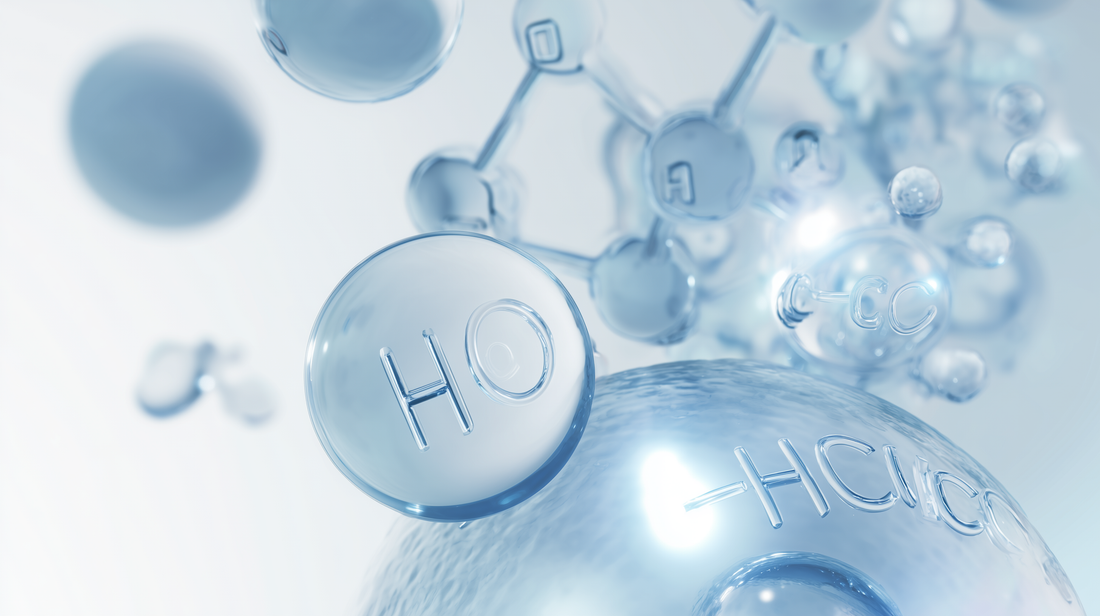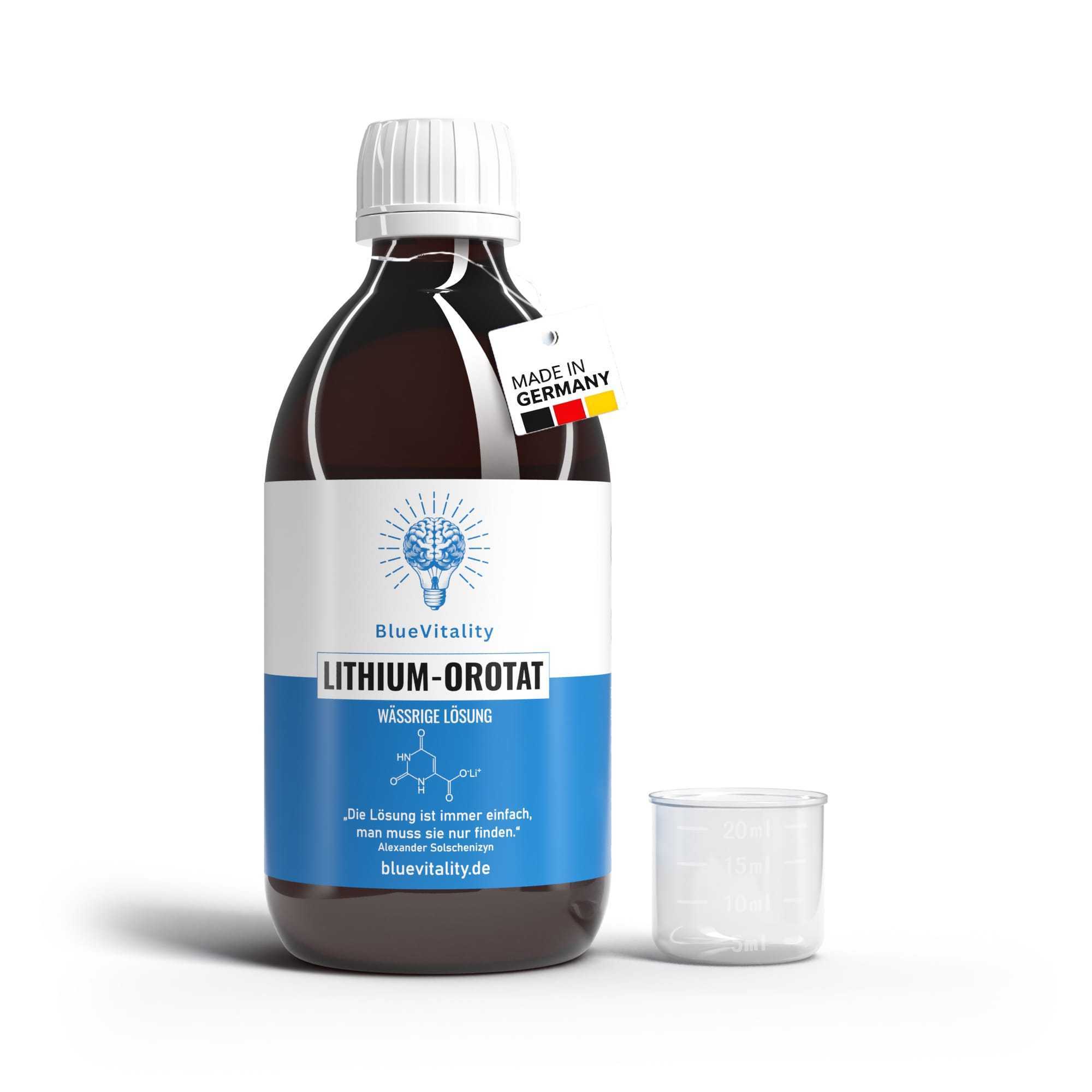A familiar material in a new light
Sodium bicarbonate (NaHCO₃) – commonly referred to as baking soda – is one of the most versatile chemical substances known. As early as the 19th century, it was used in households and pharmacies as a cleaning agent, raising agent, and mild acid neutralizer. Its popularity was based on a simple yet effective property: baking soda can bind acids and release carbon dioxide (CO₂) in the process – a process that is chemically well understood and controllable.
Chemically, sodium bicarbonate is a basic salt of carbonic acid. In aqueous solution, it forms the bicarbonate ion (HCO₃⁻) , which acts as a weak base. It reacts with protons (H⁺) to form carbonic acid (H₂CO₃), which in turn decomposes into CO₂ and water. This simple equilibrium is the basis of numerous applications – from food technology to environmental chemistry.
Baking soda is being "reimagined" today because its properties are no longer limited to the kitchen, but are increasingly being used in high-tech areas of research, biochemistry, and sustainability . Science and industry are discovering the molecule as an environmentally friendly, biocompatible, and chemically stable building block for new technologies.
Sodium bicarbonate in food science
In food technology, sodium bicarbonate has been one of the most important functional additives for decades. Its classic role as a leavening agent is well known: Under heat or in the presence of acids, it decomposes into sodium carbonate , water , and carbon dioxide . The released gas forms bubbles in the dough, making baked goods light and porous.
Chemically described, the reaction is:
2 NaHCO₃ → Na₂CO₃ + H₂O + CO₂↑
pH regulation in food
In addition to its function as a leavening agent, sodium bicarbonate is used as a pH regulator . Many foods require a stable acid-base balance to preserve flavor, color, and texture. By adding baking soda, the pH can be specifically raised or excess acid can be balanced—for example, in cocoa products, plant-based beverages, or baked goods with fermented ingredients.
Modern applications
Recently, baking soda has gained importance in the development of plant-based and clean-label products —foods that do not contain artificial additives. Here, sodium bicarbonate acts as a natural stabilizer , improving texture and shelf life.
It is also being researched in food microbiology – for example, as a component of buffer systems used in the cultivation of sensitive microorganisms.
Food law classification
In the European Union, sodium bicarbonate is approved as food additive E 500. The EFSA (European Food Safety Authority) considers its use safe, provided purity and dosage comply with food law requirements. Therefore, analyses and purity certificates are standard for food manufacturers.
In biochemistry and cell research
Sodium bicarbonate also plays a central role in biochemical research – particularly as a buffer component in biological systems.
Buffer effect and pH stability
Many biochemical reactions only occur within narrow pH ranges. Bicarbonate buffer systems are used to simulate these conditions in the laboratory. They stabilize the pH by absorbing or releasing hydrogen ions, similar to the reaction in human blood.
In cell cultures, sodium bicarbonate, together with dissolved CO₂, ensures constant conditions that mimic the physiological environment. This allows researchers to study cell functions and metabolic processes under realistic conditions.
Current research fields
Basic research investigates the role of bicarbonate in areas such as cellular respiration , energy balance , and CO₂ regulation . Studies in the Journal of Biological Chemistry and Biochimica et Biophysica Acta describe how bicarbonate-dependent enzymes are involved in key metabolic pathways.
This is not about therapeutic effects, but about understanding biochemical mechanisms – that is, the question of how cells process CO₂, how the pH value remains stable intracellularly and how the bicarbonate system reacts to metabolic stress.
Sustainability and environmental technology
Beyond biological systems, sodium bicarbonate also plays a growing role in sustainable technologies .
Exhaust gas purification and environmental chemistry
In industrial processes, baking soda is used to neutralize acidic exhaust gases —such as sulfur dioxide (SO₂) or nitrogen oxides (NOₓ). It reacts to form neutral salts that can then be further processed in an environmentally friendly manner.
This process contributes to the reduction of industrial emissions and is used in the waste and cement industries, among others.
CO₂ capture and water treatment
Climate research and energy chemistry are investigating how carbonates and bicarbonates can chemically bind CO₂. Sodium bicarbonate is a simple, safe intermediate in so-called carbon capture and storage (CCS) processes .
It is also used in water treatment to stabilize pH values and neutralize acidic wastewater. Due to its biological safety, it is increasingly being preferred over stronger alkalis.
Circular technologies
In current environmental projects, NaHCO₃ is being considered as a component of closed material cycles – for example, in systems that capture CO₂ from exhaust gases and then feed it back into industrial processes. The research aims to integrate baking soda into a sustainable "carbon economy."
Research trends around sodium bicarbonate
The scientific study of sodium bicarbonate is broad and ranges from analytical chemistry to materials research and food technology.
Analytical Chemistry
New methods for determining bicarbonate concentrations in biological and industrial samples improve our understanding of chemical equilibria. In environmental analysis, they help to precisely determine the buffering capacities of soils and water bodies.
Materials research
In materials engineering, sodium bicarbonate is used as a blowing agent for biocompatible plastics or as a component of composite materials . It enables fine-pored structures and can stabilize biodegradable materials.
Research in the Chemical Engineering Journal also describes the use of carbonates in the conversion of CO₂ to basic chemicals – an approach with potential for sustainable industrial processes.
Food technology
Current developments are aimed at " clean label " products: foods with a reduced list of additives in which sodium bicarbonate serves as a naturally occurring, functional molecule . The focus here is on sensory quality, stability, and microbiological safety.
Quality, purity and formulation – what research and industry pay attention to
The purity of sodium bicarbonate is crucial for scientific and industrial use. Even minor impurities can falsify laboratory analyses or disrupt reaction mechanisms.
Purity requirements
Pharmaceutical and food-grade applications require grades that comply with Ph. Eur. (European Pharmacopoeia) or USP standards . These specifications set limits for heavy metals, chlorides, sulfates, and moisture.
Technological developments
In modern formulations, sodium bicarbonate is combined with innovative dosage forms. Enteric-coated capsules (e.g., DRcaps®) serve as an example of how pH-sensitive materials enable targeted release in the intestine . This technology originally originated in pharmaceutical research and is increasingly being investigated in the field of functional nutritional supplements .
Transparency and laboratory testing
Whether in the food industry, research, or environmental technology – laboratory analyses and certificates of analysis (CoA) are the foundation for scientific traceability. They ensure that the baking soda used meets the required standards and that results remain reproducible.
Conclusion – a versatile fabric between everyday life and high-tech
Sodium bicarbonate has long been more than a traditional household remedy. It combines chemistry, biology, and sustainability in a single molecule – as a buffer in biological systems, as a functional substance in food science, and as a reactant in environmental technology processes.
Modern research shows that a seemingly simple substance like baking soda can be an important building block for future-oriented technologies – from CO₂ capture to biocompatible material development.
NaHCO₃ is thus an example of a new perspective in science: traditional substances are being reinterpreted when quality, purity and scientific understanding are the focus.





